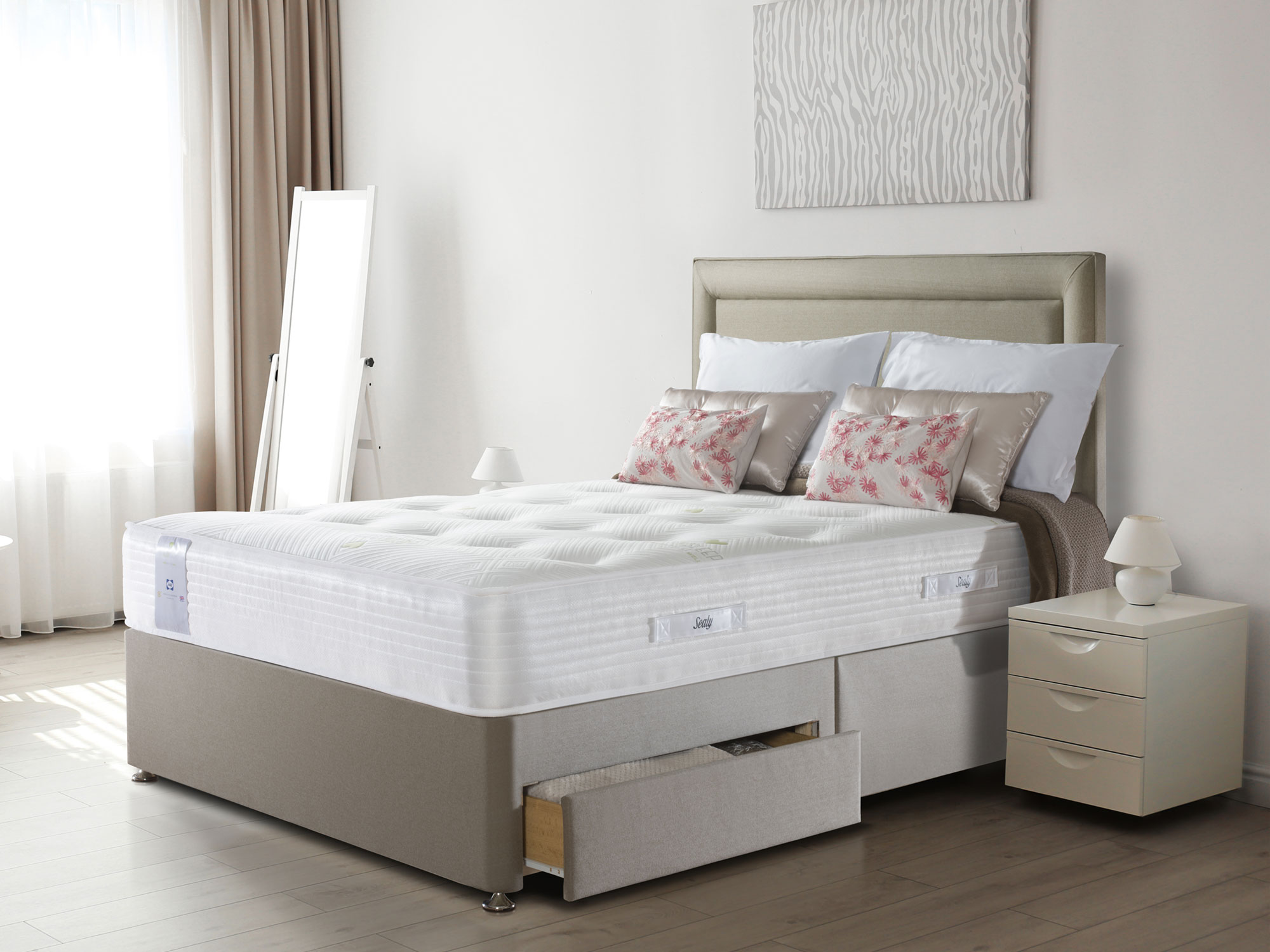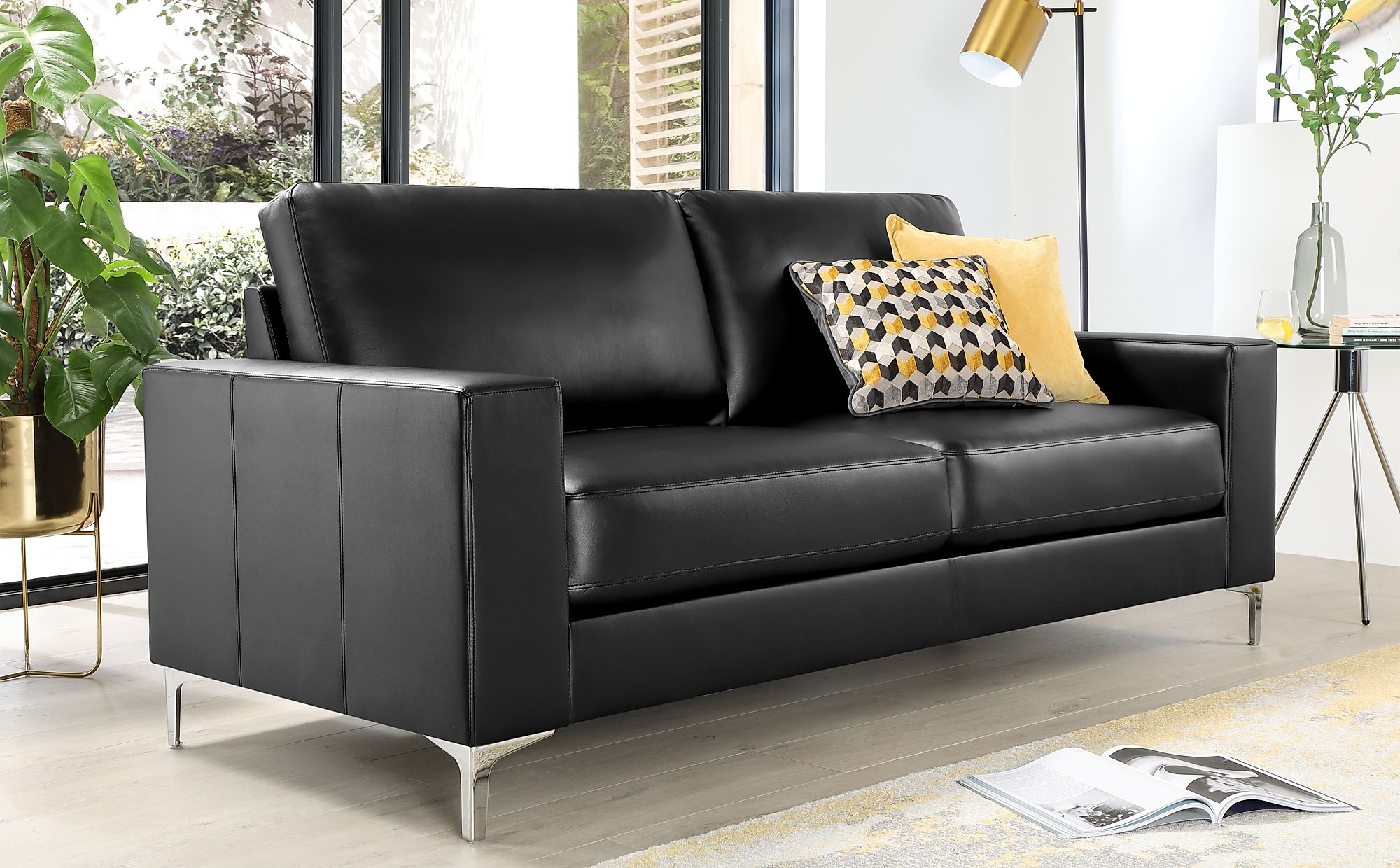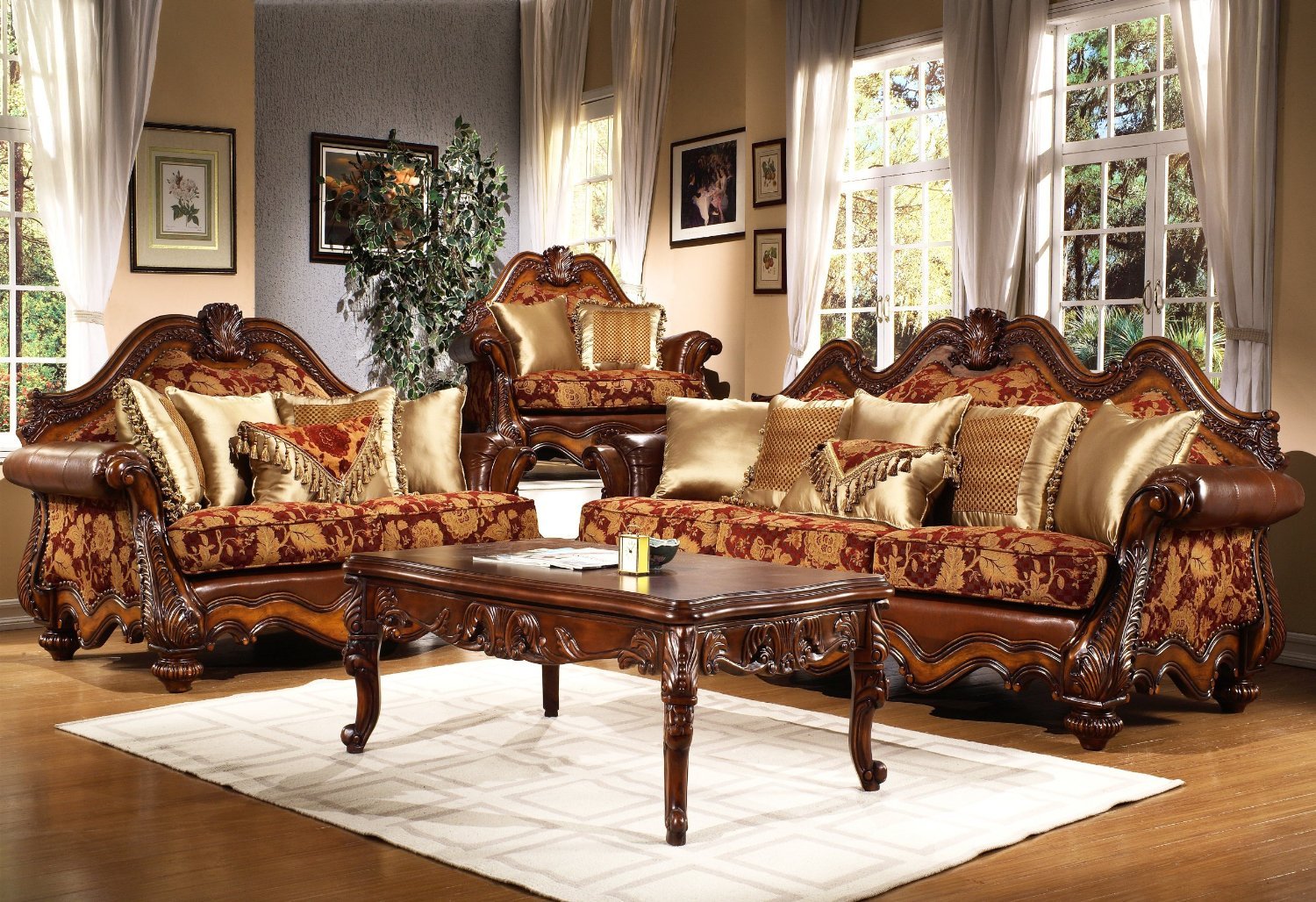Mixing wood tones in your living room can be a daunting task. With so many different colors, textures, and styles to choose from, it can be challenging to create a cohesive and balanced look. However, when done right, mixing wood tones can add depth, warmth, and character to your space. Here are some tips to help you mix wood tones in your living room like a pro.How to Mix Wood Tones in Your Living Room
1. Start with a Neutral Base The key to successfully mixing wood tones in your living room is to start with a neutral base. This means choosing a neutral color for your walls, such as white, beige, or gray. A neutral base will provide a blank canvas for your wood tones to shine and prevent any clashing or overwhelming effects. 2. Use a Variety of Wood Finishes When mixing wood tones, it's important to use a variety of finishes. This includes light, medium, and dark finishes. By incorporating different finishes, you'll add depth and interest to your space, rather than having everything look too matchy-matchy. 3. Mix Different Wood Species Varying the type of wood species in your living room can also help create a harmonious mix of wood tones. For example, you can mix oak with pine, or mahogany with cherry. Just make sure to choose wood species that have similar undertones to avoid clashing styles. 4. Layer Textures and Patterns Adding different textures and patterns to your wood tones can also enhance the overall look of your living room. Mix smooth and rough textures, such as a sleek wooden coffee table with a knitted throw blanket. You can also add patterns through rugs, pillows, or curtains. 5. Incorporate Metallic Accents Adding metallic accents, such as brass or gold, can help tie together different wood tones in your living room. These accents can add a touch of glamour and luxury to your space while also providing a visual break between the wood tones.5 Tips for Mixing Wood Tones in Your Living Room
Mixing wood tones in your living room is all about creating a cohesive look. This means finding the right balance between different wood tones and incorporating them in a way that makes sense. Here are some tips to help you achieve a cohesive look: - Use a color palette: Choose a color palette that includes all the wood tones you want to incorporate in your living room. This will help you stay on track and avoid adding any wood tones that might clash with the overall look. - Use similar undertones: As mentioned earlier, using wood species with similar undertones is crucial in creating a cohesive look. This means sticking to warm, cool, or neutral undertones throughout your space. - Repeat wood tones: Repeating wood tones in different areas of your living room can help tie the space together. For example, you can use the same wood finish for your coffee table, TV stand, and shelves, or use the same wood species for your flooring and furniture.Creating a Cohesive Look: Mixing Wood Tones in Your Living Room
Creating a balanced space is key when mixing wood tones in your living room. Here are some tips to help you achieve a balanced look: - Use a focal point: Designate a focal point in your living room, such as a fireplace or a large window, and use it as a starting point for incorporating your wood tones. This will help create a sense of balance and flow in the space. - Distribute wood tones evenly: Make sure to distribute the different wood tones evenly throughout your living room. This means avoiding having one side of the room filled with dark wood tones and the other with light wood tones. - Use a variety of furniture pieces: Don't limit yourself to just using wood tones in your furniture. Incorporating different materials, such as metal, glass, or fabric, can help break up the wood tones and add visual interest.MAIN_Mixing Wood Tones In Living Room: A Guide to Creating a Balanced Space
One common concern when mixing wood tones is the combination of light and dark finishes. While this can be challenging, it's not impossible to achieve a cohesive look. Here are some tips to help you mix light and dark wood tones in your living room: - Use a neutral buffer: A neutral buffer, such as a white or beige rug, can help bridge the gap between light and dark wood tones. This will create a seamless transition and prevent any clashing effects. - Choose one dominant tone: If you have more light wood tones than dark, or vice versa, choose one dominant tone and use it as the primary color in your living room. This will provide a sense of balance and avoid overwhelming the space with too many different wood tones. - Incorporate contrast: Using contrasting elements, such as a dark wood coffee table on a light wood floor, can help create a visually appealing mix of light and dark wood tones.Mixing Light and Dark Wood Tones in Your Living Room
Mixing wood tones in your living room can also be challenging when you have different styles in your space. For example, if you have a modern sofa and a traditional coffee table, they may not necessarily go well together. Here are some tips to help you avoid clashing styles when mixing wood tones: - Stick to a cohesive theme: Choose a cohesive theme for your living room, such as modern farmhouse or coastal, and stick to it when incorporating wood tones. This will help tie together different styles and make them work cohesively. - Use a unifying element: Adding a unifying element, such as a similar color or pattern, can help bring together different wood tones and styles in your living room. For example, you can use the same color for all your wooden furniture or incorporate the same pattern in different pieces. - Keep it simple: When in doubt, keep it simple. Sometimes, less is more, and choosing a few key pieces that work well together can create a more cohesive look than trying to mix too many different styles and wood tones.MAIN_Mixing Wood Tones In Living Room: How to Avoid Clashing Styles
Aside from furniture, there are many ways to incorporate wood tones in your living room decor. This can add interest, texture, and depth to your space. Here are some ideas: - Use wooden accents: Adding wooden accents, such as frames, trays, or sculptures, can help tie together different wood tones in your living room. These small details can make a big impact on the overall look of your space. - Hang wooden wall art: Wooden wall art, such as carved panels or reclaimed wood signs, can add character and a touch of nature to your living room. This is a great way to incorporate wood tones without overwhelming the space with too much furniture. - Add natural elements: Incorporating natural elements, such as potted plants, woven baskets, or a wooden bowl filled with pinecones, can add warmth and texture to your living room. These elements can also help balance out the wood tones and create a more natural and inviting atmosphere.Incorporating Different Wood Tones in Your Living Room Decor
At the end of the day, mixing wood tones in your living room is all about finding the right balance. This means combining different colors, textures, and styles in a way that creates a cohesive and visually appealing space. Here are some final tips to help you find the right balance: - Experiment with different combinations: Don't be afraid to experiment with different wood tones and combinations until you find what works best for your living room. It may take some trial and error, but eventually, you'll find the perfect mix. - Consider the lighting: The lighting in your living room can have a significant impact on how your wood tones look. Natural light can enhance the warmth of wood tones, while artificial light can make them appear cooler. Keep this in mind when choosing and arranging your wood tones. - Trust your instincts: Ultimately, trust your instincts and go with what feels right to you. Your living room is a reflection of your personal style and taste, so don't be afraid to make it your own.MAIN_Mixing Wood Tones In Living Room: Finding the Right Balance
Mixing traditional and modern wood tones in your living room can create a beautiful blend of old and new. Here are some tips to help you achieve this mix: - Stick to a color scheme: Choose a color scheme for your living room, such as warm neutrals or cool blues, and use it throughout your space. This will help tie together traditional and modern wood tones and create a cohesive look. - Use complementary styles: Instead of trying to mix traditional and modern styles in one piece of furniture, choose complementary styles for different pieces. For example, you can have a traditional wooden coffee table paired with a modern wooden side table. - Don't be afraid to mix and match: Mixing and matching different styles can create a more interesting and dynamic look in your living room. Don't be afraid to mix traditional and modern wood tones in different furniture pieces, decor, and even architectural details.Mixing Traditional and Modern Wood Tones in Your Living Room
Last but not least, mixing wood tones in your living room can add texture and depth to your space. This is especially important if you have a monochromatic color scheme or a minimalist design. Here are some tips to help you add texture and depth: - Layer textures: As mentioned earlier, layering different textures, such as smooth and rough, can add depth and interest to your living room. You can do this through furniture, decor, and even textiles. - Mix natural and man-made materials: Combining natural materials, such as wood, with man-made materials, such as metal or glass, can create a beautiful contrast in your living room. This will add visual interest and avoid a flat and one-dimensional look. - Incorporate different scales: Varying the scale of your wood tones can also add texture and depth to your living room. For example, you can have a large wooden focal point, such as a bookshelf, paired with smaller wooden accents, such as picture frames. In conclusion, mixing wood tones in your living room requires a balance of colors, textures, and styles. By following these tips, you can create a cohesive, visually appealing, and inviting space that showcases your personal style and creativity. Remember to experiment, trust your instincts, and have fun with it. Happy mixing!MAIN_Mixing Wood Tones In Living Room: Adding Texture and Depth to Your Space
Achieving a Harmonious Look: Mixing Wood Tones in Your Living Room

When it comes to designing your living room, one of the most important aspects to consider is the use of wood tones. Wood adds warmth, texture, and character to a space, making it an essential element in any interior design. However, incorporating different wood tones in one room can be intimidating and tricky. But fear not, with the right techniques and guidance, you can achieve a harmonious and stylish look in your living room. In this article, we will explore the art of mixing wood tones and provide tips on how to create a cohesive and inviting living room.
The Power of Contrasting Tones

One of the key principles in interior design is contrast. By using contrasting elements, you can create visual interest and depth in your living room. This concept applies to mixing wood tones as well. Instead of opting for a monochromatic look, consider incorporating different shades and types of wood. For instance, if you have a dark wood coffee table, balance it out with lighter wood accents such as a side table or bookshelf. This contrast will add dimension and balance to your living room.
Stick to a Color Palette

When mixing wood tones, it is crucial to have a cohesive color palette in mind. This will help you create a unified and well-coordinated look in your living room. Start by selecting a dominant wood tone, which will serve as the base for your color scheme. Then, choose one or two additional wood tones that complement the dominant one. For example, if you have a light oak floor, pair it with a darker walnut media console and a medium-toned oak sideboard. This will create a cohesive and visually appealing look.
Consider the Finishes
:max_bytes(150000):strip_icc()/ScreenShot2021-02-01at5.58.28PM-a5510c89b43d40b7b8b7c28d0734a209.png)
Aside from the color, the finish of the wood also plays a significant role in achieving a cohesive look. Mixing different finishes can create a mismatched and chaotic look in your living room. To avoid this, stick to one or two finishes throughout the space. For instance, if you have a glossy wood coffee table, consider incorporating a matte finish on your side table or bookshelf. This will add depth and interest without overwhelming the space.
Use Accents to Tie Everything Together

While it is essential to have a dominant wood tone, incorporating accents can help tie everything together. Accents, such as throw pillows, rugs, and artwork, can add pops of color and texture, making the different wood tones appear cohesive. Consider using accents in similar shades as your dominant wood tone to create a harmonious look. For example, if you have a dark walnut coffee table, use throw pillows in a similar shade to tie the space together.
With these tips in mind, you can confidently mix wood tones in your living room and create a space that is inviting, stylish, and full of character. Remember to play with contrast, stick to a color palette and finishes, and use accents to tie everything together. By doing so, you can achieve a harmonious and cohesive look that will make your living room the heart of your home.



/170619_Bespoke_Bridgehampton-0134-edfcbde576b04505a95eceebe843b3c7.jpg)





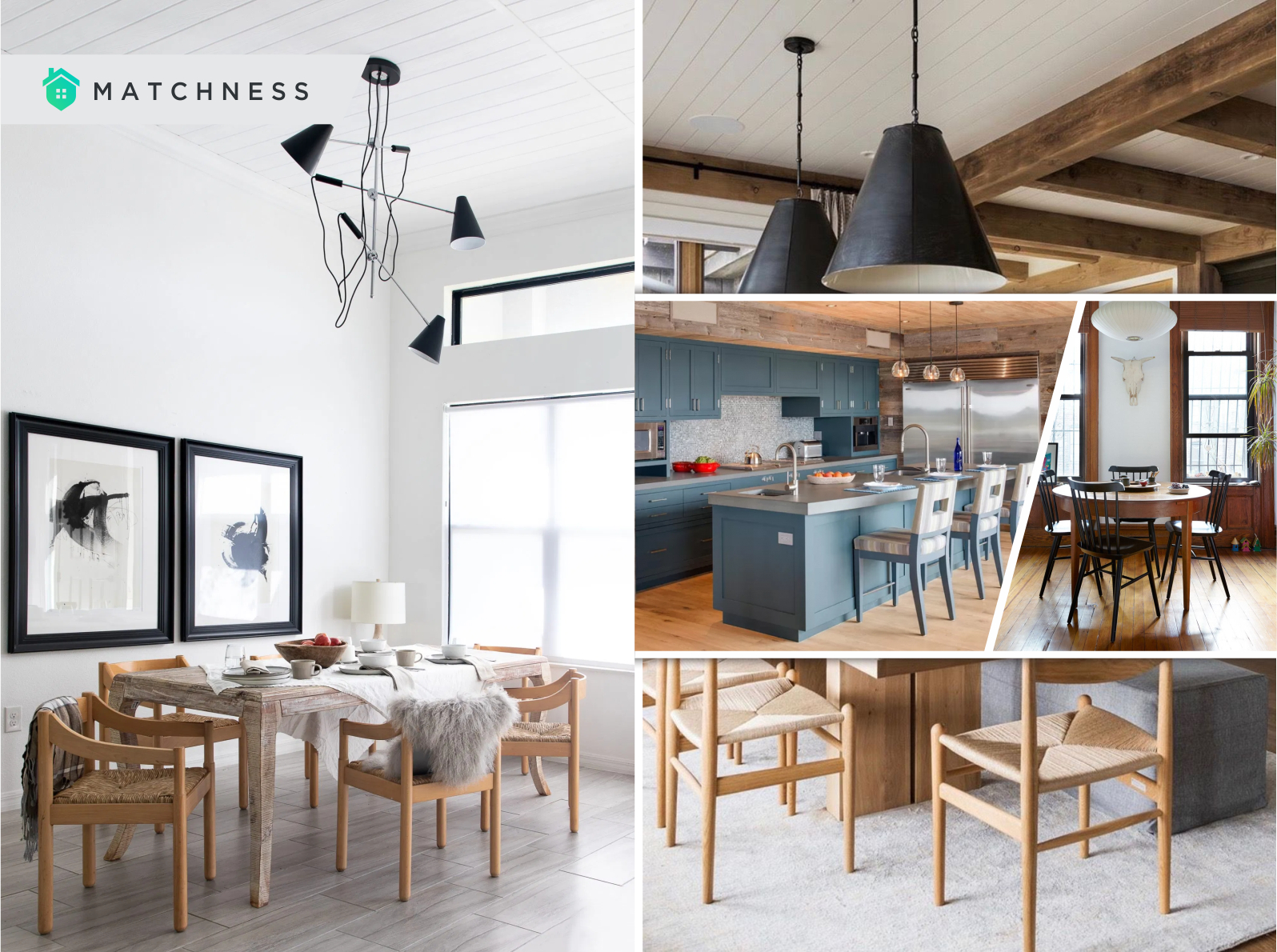
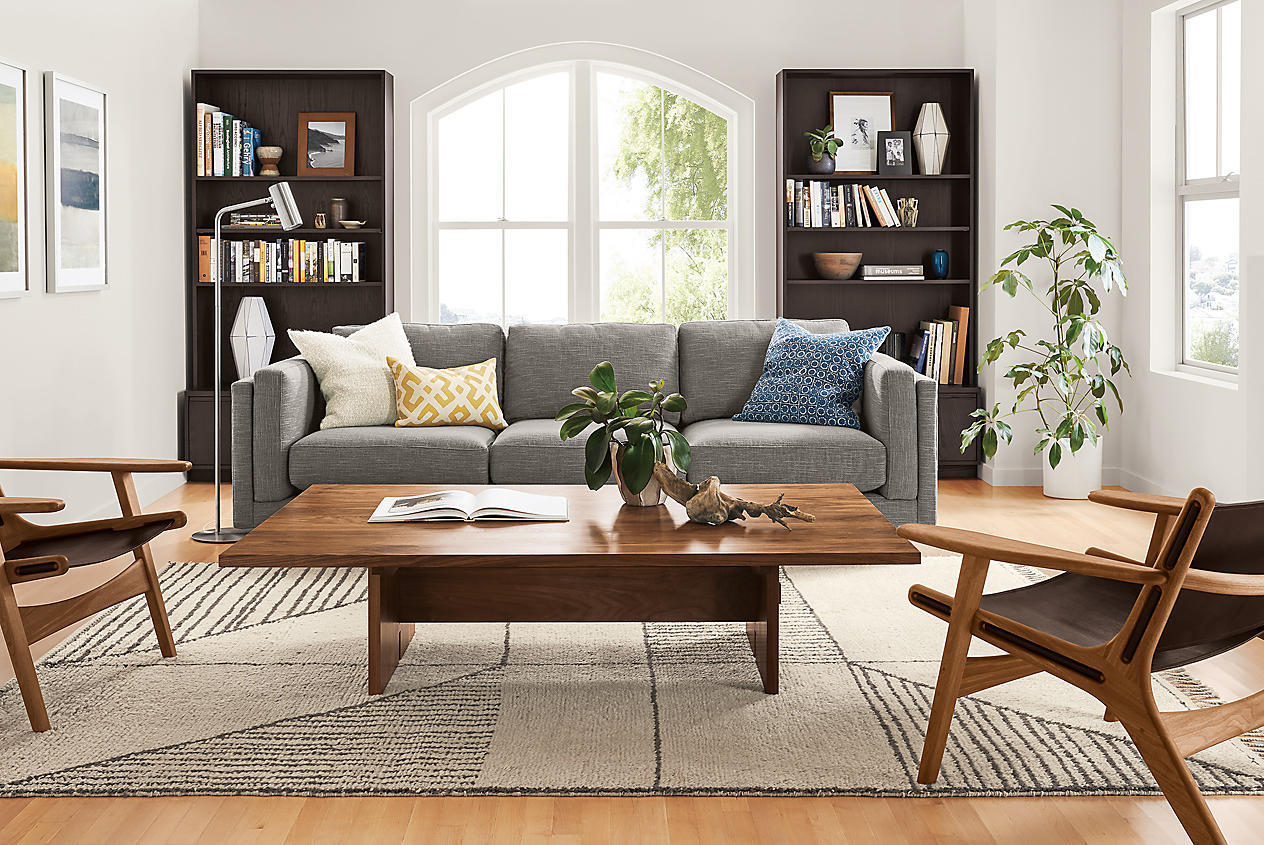

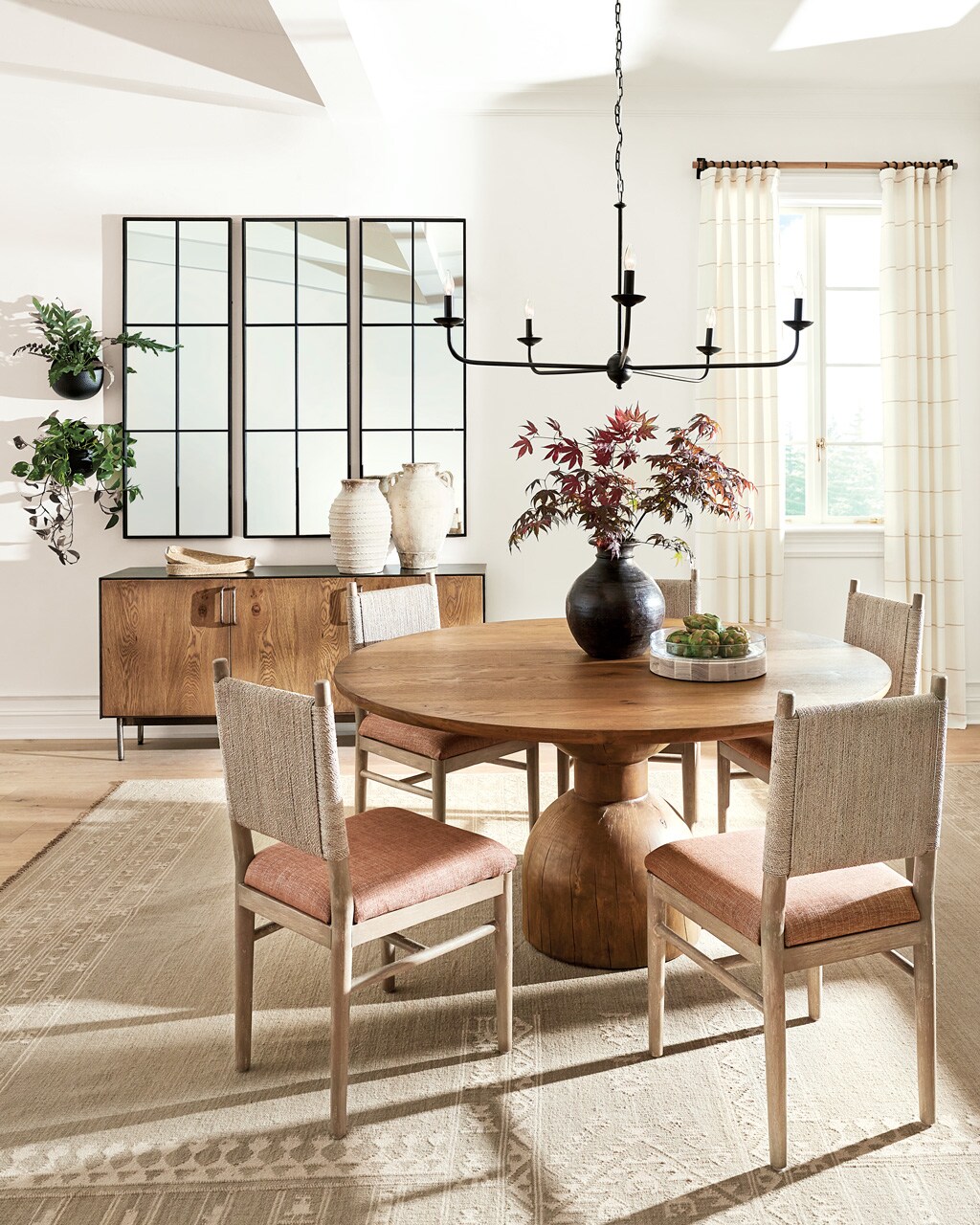
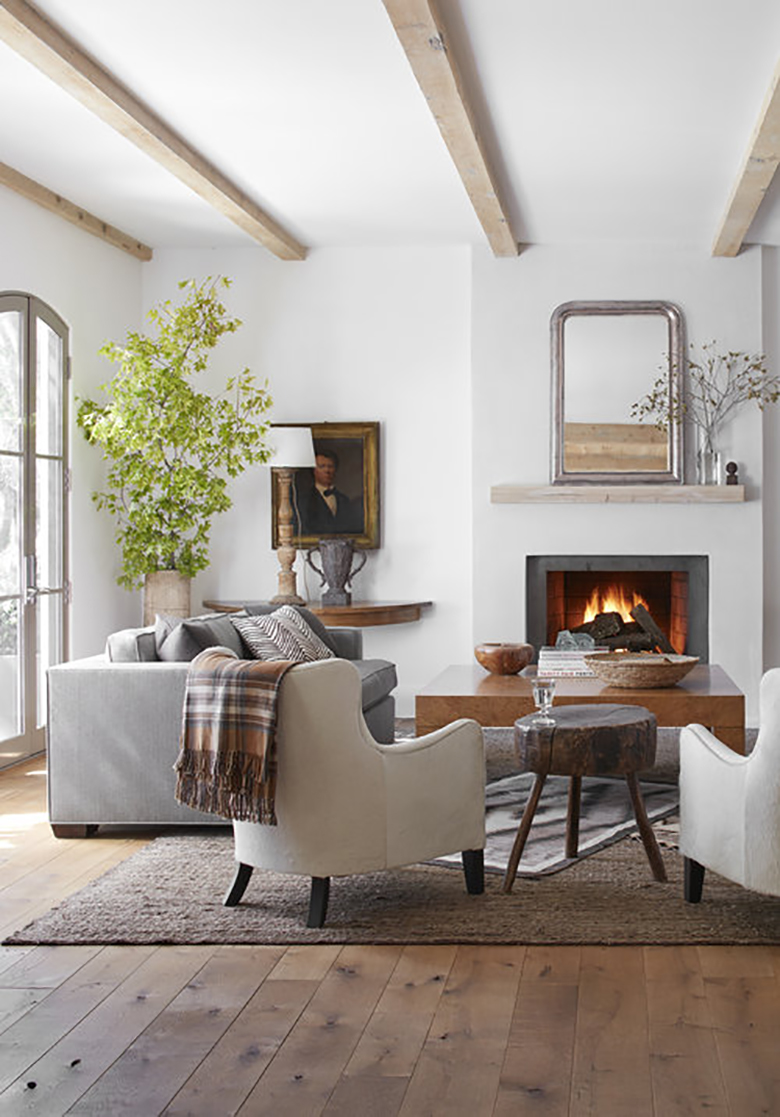

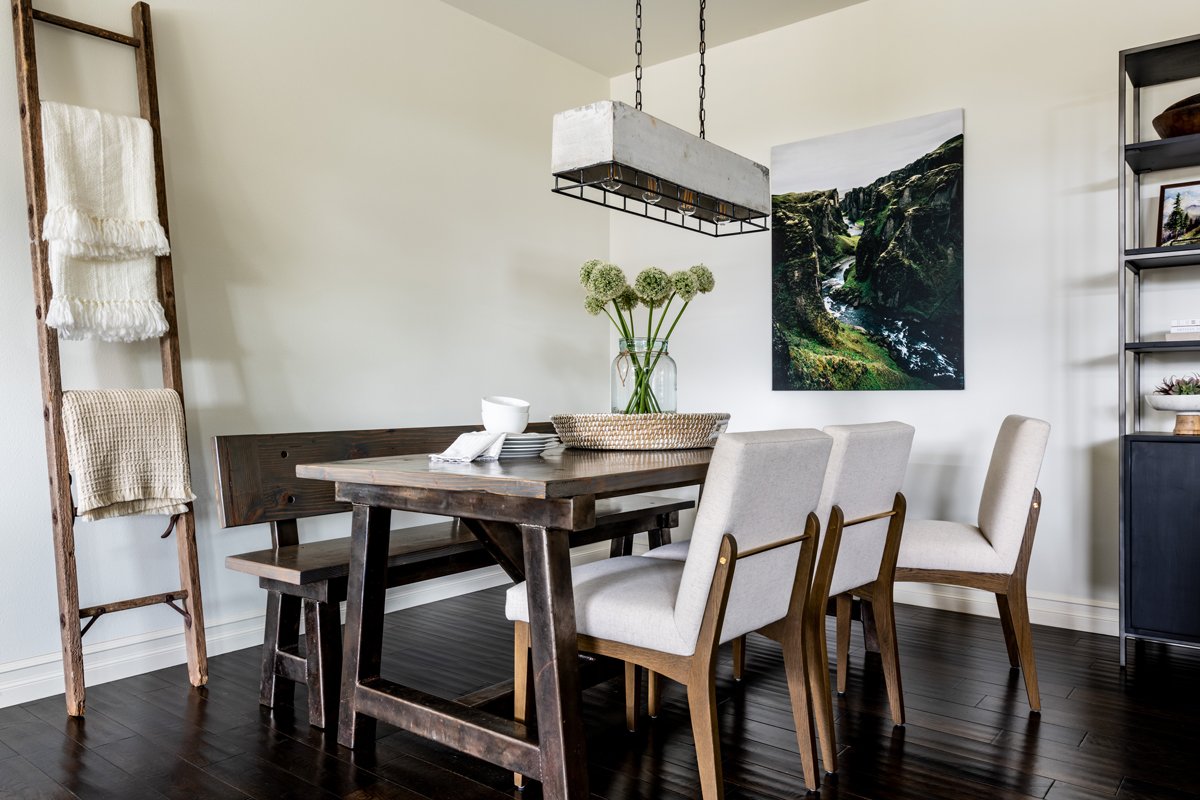

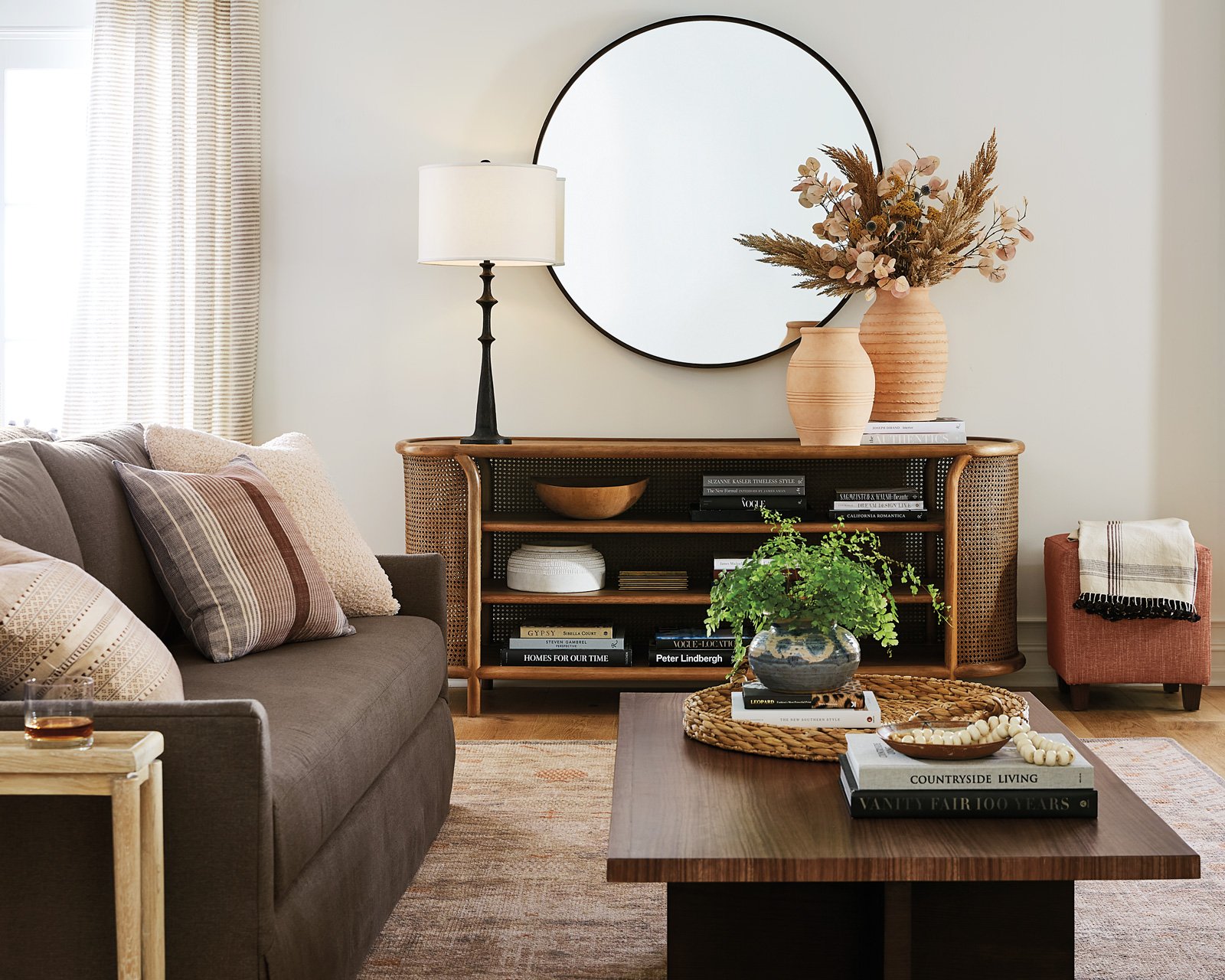


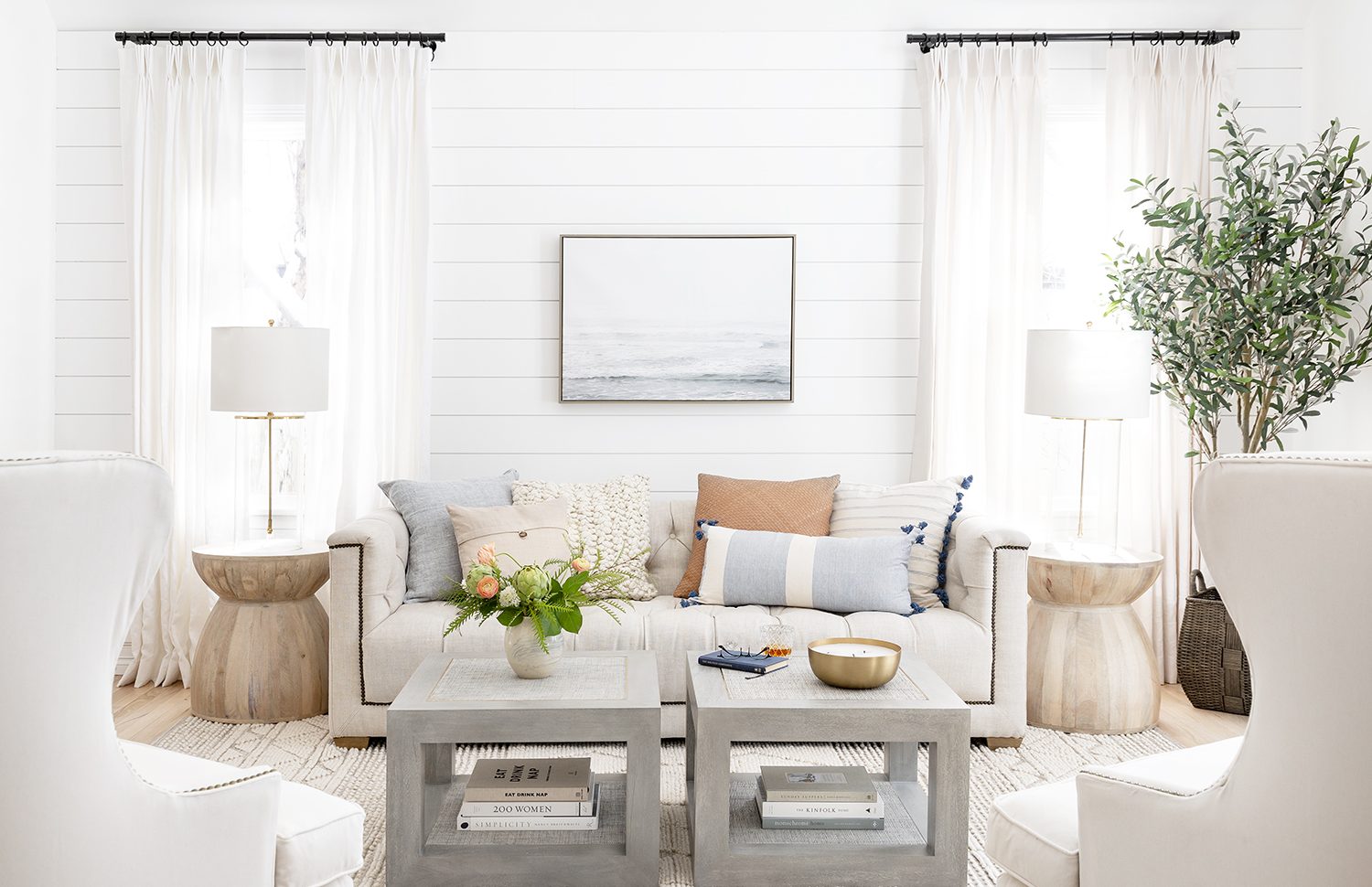




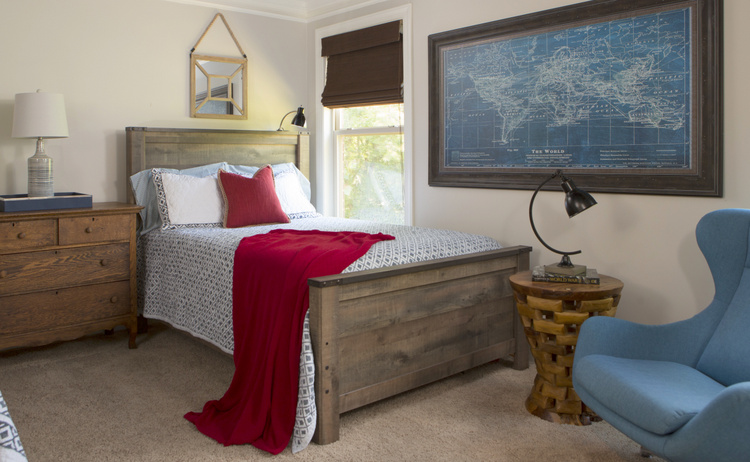


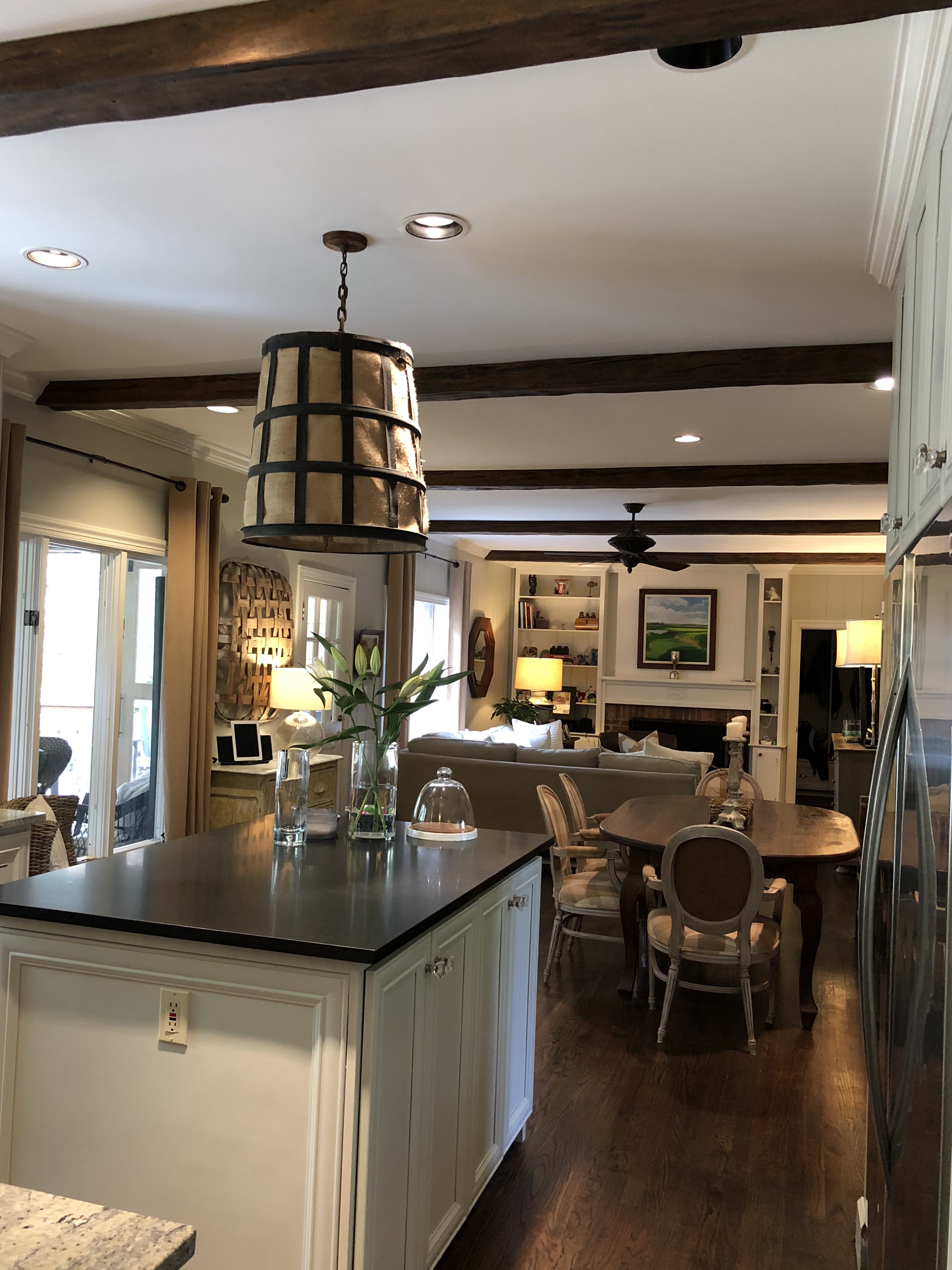


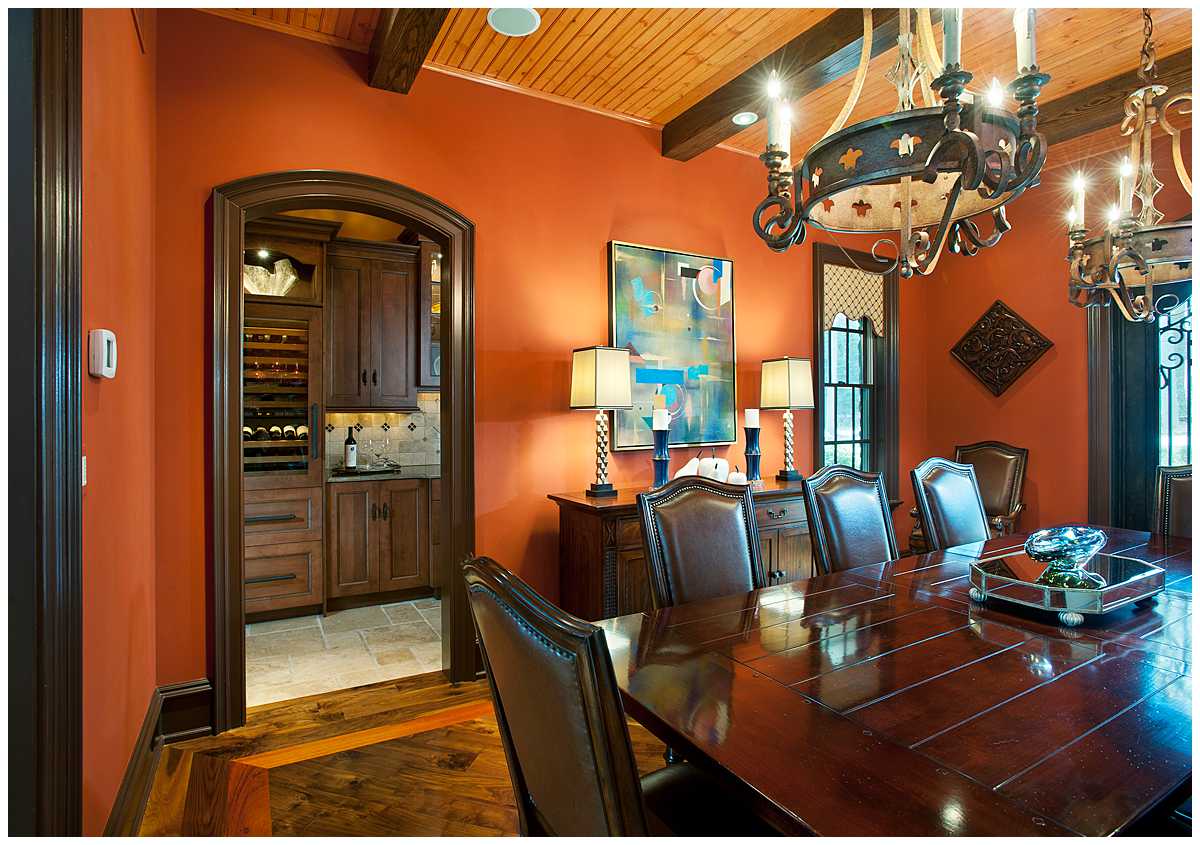







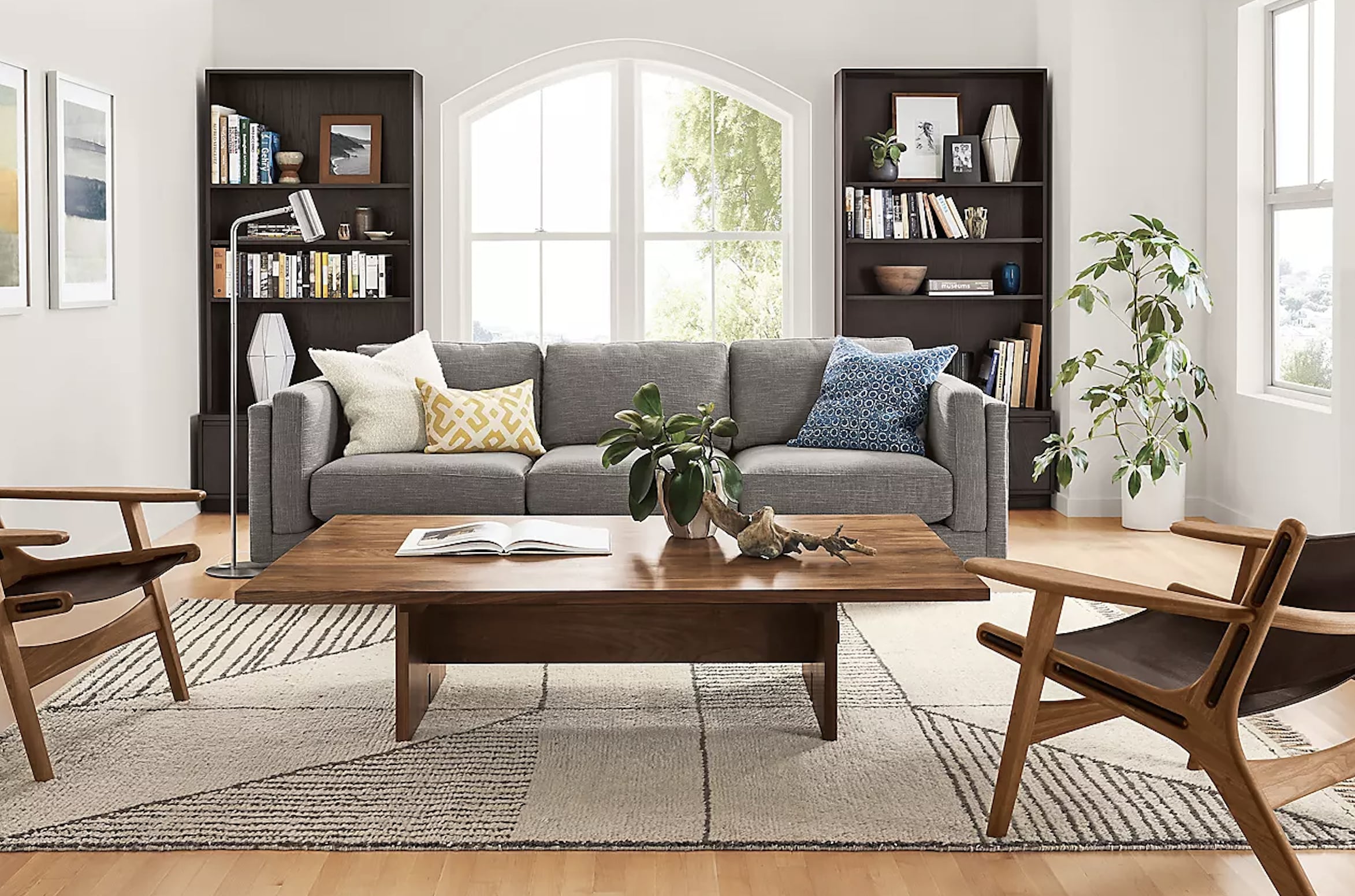





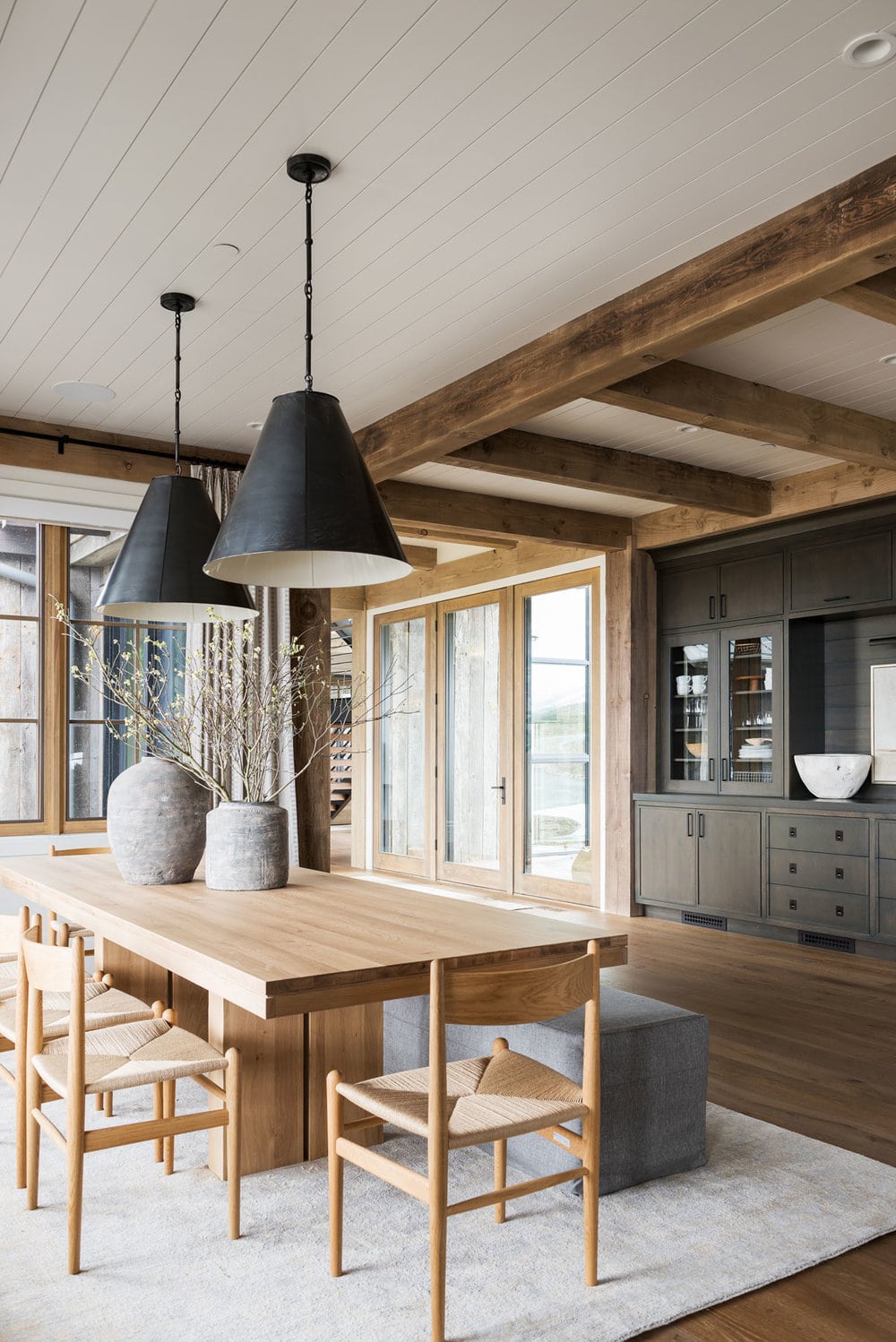


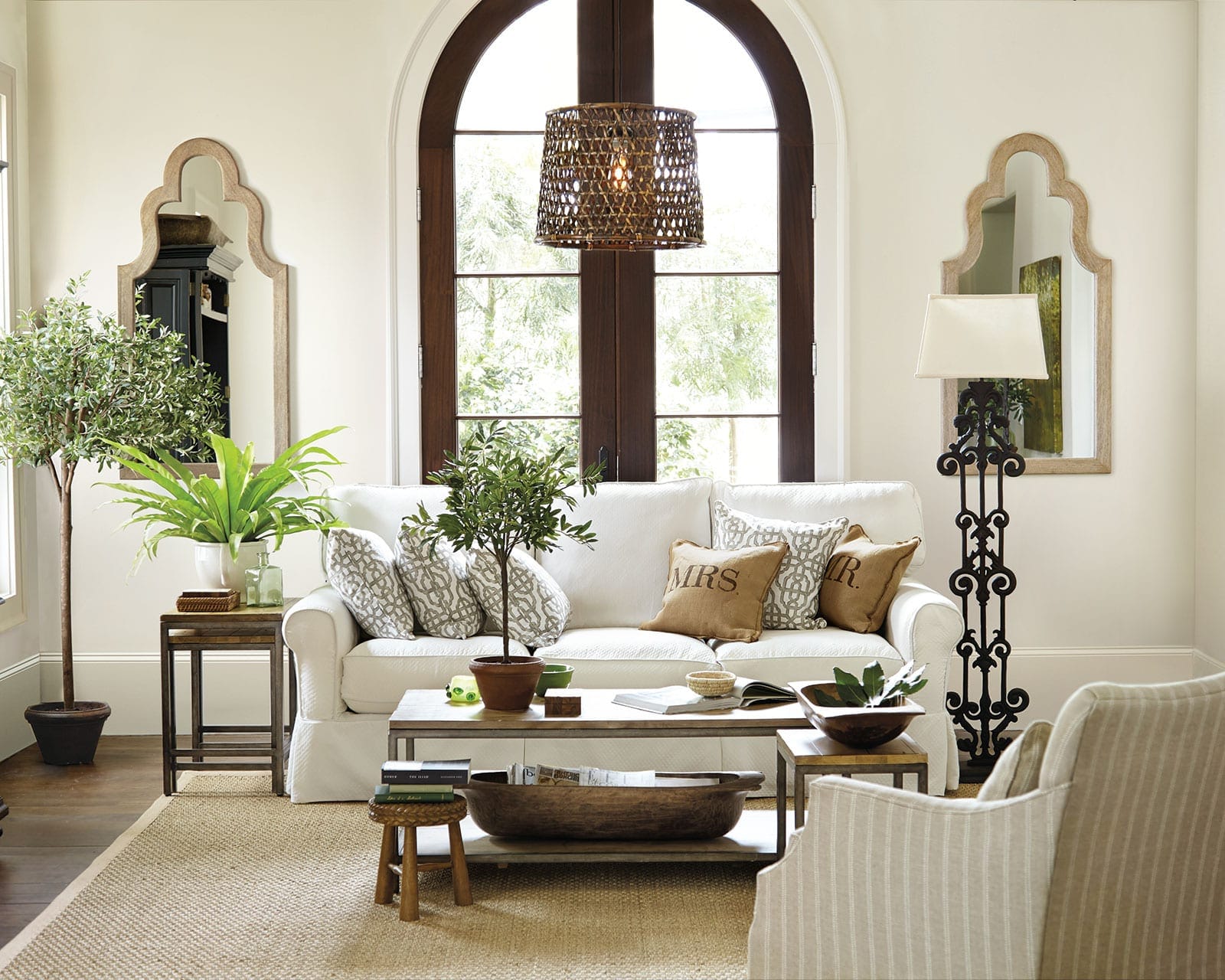



.jpeg)

